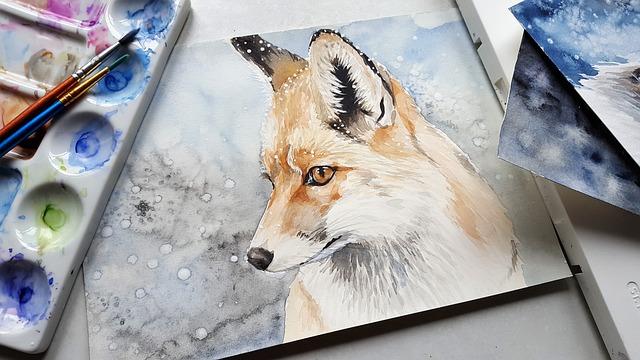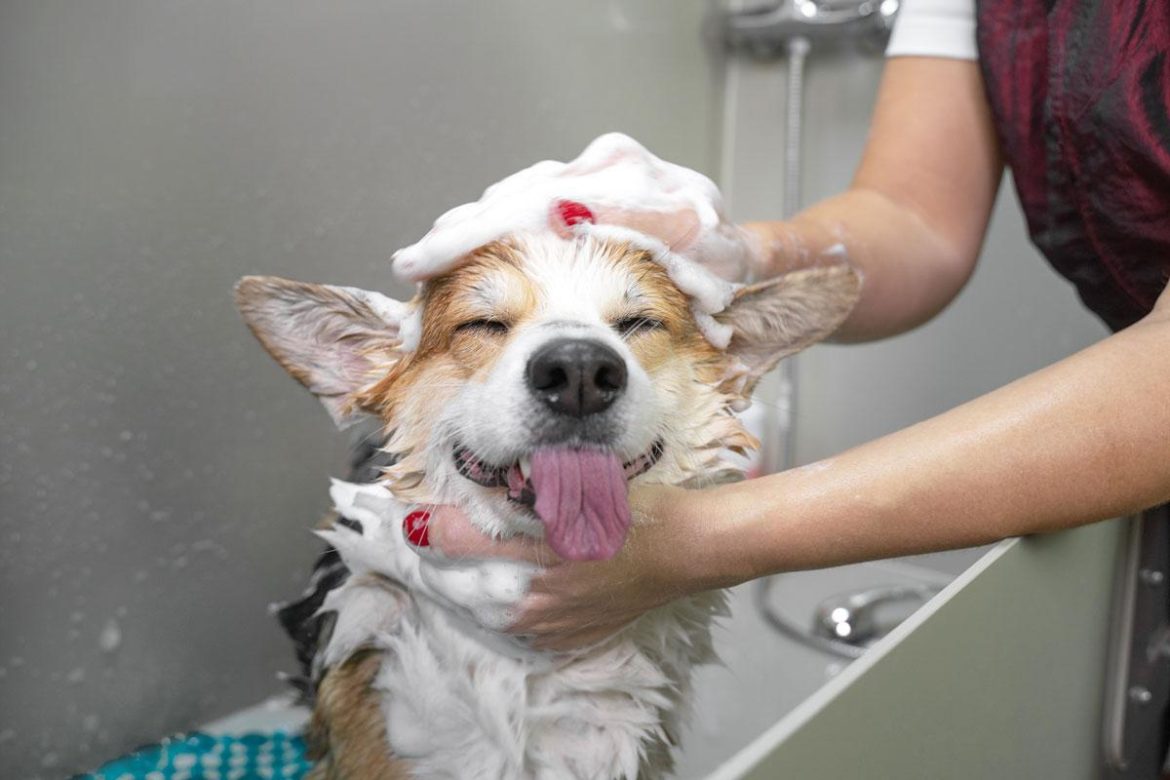When welcoming a furry friend into your home, understanding their grooming needs is essential for their well-being and your peace of mind. Just as every dog has its own unique personality, different breeds come with distinct grooming requirements that can range from minimal maintenance to a more involved routine. In this article, we delve into the intricacies of canine grooming, shedding light on why some breeds demand extra care and attention. With a warm and instructive approach, we aim to equip pet owners with the knowledge to keep their companions healthy, happy, and looking their best. Whether you’re a seasoned pet parent or a new dog owner, understanding these grooming needs will help strengthen the bond with your four-legged family member and ensure they thrive in your loving care.
Choosing the Right Tools for Your Dogs Coat
When it comes to grooming your furry friend, the choice of tools can make a world of difference. Different dog breeds have varying coat types, which means their grooming needs aren’t one-size-fits-all. Selecting the right tools ensures not only a well-maintained coat but also a happy and comfortable pet. Here are some essentials to consider based on your dog’s coat type:
- Slicker Brushes: Ideal for dogs with medium to long hair, such as Golden Retrievers and Collies. These brushes help remove tangles and mats, keeping the coat smooth.
- Bristle Brushes: Best for short-haired breeds like Beagles and Boxers. They distribute natural oils across the coat, adding shine and removing loose hair.
- Undercoat Rakes: Perfect for double-coated breeds like Huskies and German Shepherds. These tools help in removing dead undercoat without damaging the topcoat.
- De-shedding Tools: Essential for breeds prone to heavy shedding, such as Labrador Retrievers. They significantly reduce loose hair and dander, making grooming more manageable.
Remember, comfort is key. Always choose tools that are gentle on your dog’s skin, and take time to understand their preferences. A little patience and the right tools can turn grooming into a bonding experience rather than a chore.

Mastering the Art of Brushing and Bathing
When it comes to keeping your furry friend looking their best, understanding the nuances of their coat is crucial. Certain breeds require a meticulous approach to brushing and bathing, not just for aesthetics but for their health and comfort. Breeds with longer, denser coats, such as the Afghan Hound or the Bernese Mountain Dog, often need more frequent grooming sessions. This is because their coats are prone to tangling and matting, which can lead to skin issues if not addressed promptly.
To effectively manage these grooming needs, consider the following tips:
- Choose the right tools: Use a slicker brush for detangling and a bristle brush for smooth finishing.
- Establish a routine: Regular grooming sessions help reduce shedding and keep the coat healthy.
- Mind the skin: Always check for any signs of irritation or infection during brushing.
- Bathing essentials: Opt for gentle, breed-specific shampoos that won’t strip natural oils.
By understanding and catering to the specific grooming requirements of your dog’s breed, you ensure not only a beautiful coat but also a happier, healthier pet.

Recognizing Signs of Skin and Coat Health
Healthy skin and a vibrant coat are key indicators of your pet’s overall well-being. Keeping an eye on these signs helps ensure your furry friend is in tip-top shape. Shiny, soft fur and supple, clear skin are typically signs of a healthy pet. However, if you notice any changes such as dullness, excessive shedding, or unusual odors, it might be time to pay closer attention to your pet’s grooming routine.
Here are some essential signs to look out for:
- Shine and Texture: A healthy coat is glossy and smooth, not brittle or dry.
- Even Shedding: It’s normal for pets to shed, but excessive shedding or bald patches can indicate a problem.
- Flake-Free Skin: Healthy skin should be free from flakes, redness, or irritation.
- Absence of Odor: While pets have their natural scent, an unusual or strong odor might suggest skin issues.
- No Excessive Scratching: Frequent scratching or licking can be a sign of discomfort or allergies.
Understanding these indicators and maintaining a regular grooming schedule tailored to your pet’s breed can help in promoting their health and happiness. Remember, some breeds might require specialized care, so always consider their unique needs.

Creating a Personalized Grooming Schedule
Every pet is unique, and so is their grooming routine. Tailoring a grooming schedule to fit your furry friend’s specific needs can make a world of difference in their health and happiness. Start by considering the breed-specific requirements: while some breeds like Poodles and Shih Tzus require regular trims and baths to maintain their coat’s texture and prevent matting, others like Beagles and Boxers might need less frequent grooming but benefit from regular ear cleaning and nail trimming. Understanding these needs is the first step in creating a personalized grooming plan.
- Assess Coat Type: Different coats demand different care. Short-haired breeds may only need a weekly brush, whereas long-haired breeds often require daily grooming.
- Consider Activity Level: Active pets might need more frequent baths and paw care, especially if they love outdoor adventures.
- Check Skin Condition: Some breeds are prone to skin issues and might benefit from special shampoos or treatments.
- Factor in Age and Health: Older pets or those with health issues may require gentler grooming techniques and more frequent checks.
By customizing your pet’s grooming schedule, you’re not only ensuring they look their best but also enhancing their overall well-being. Remember, a little extra care goes a long way in keeping your beloved companion happy and healthy.

